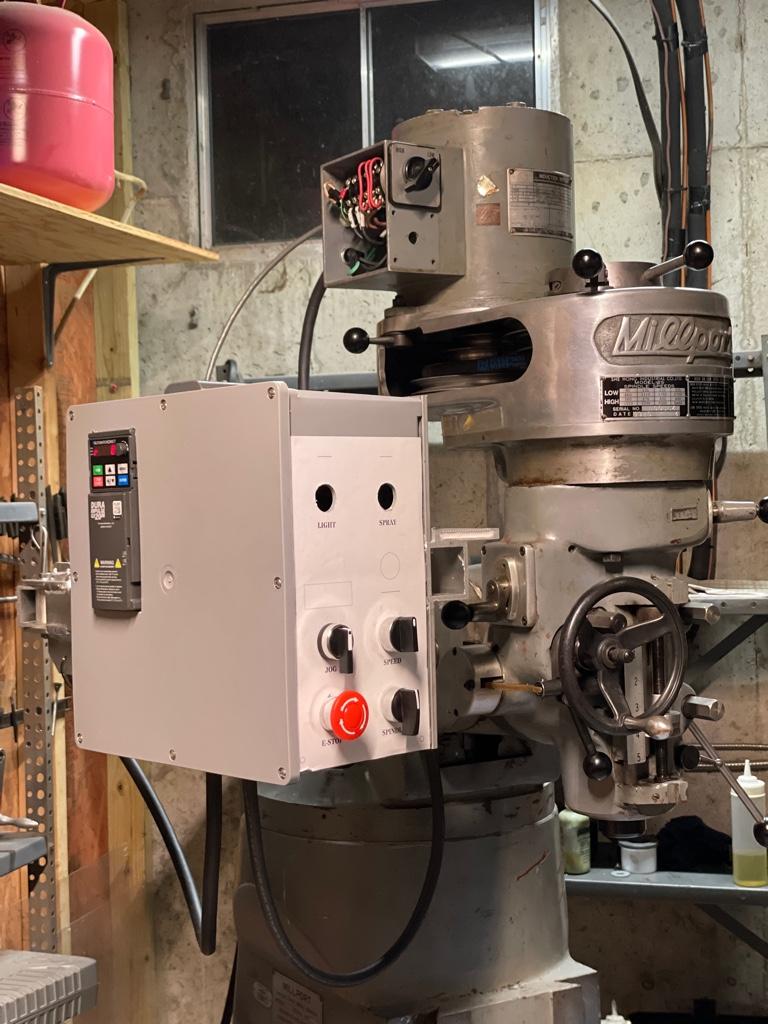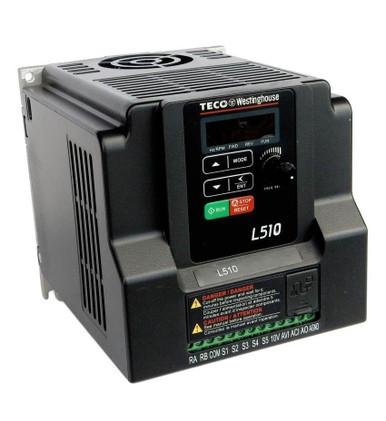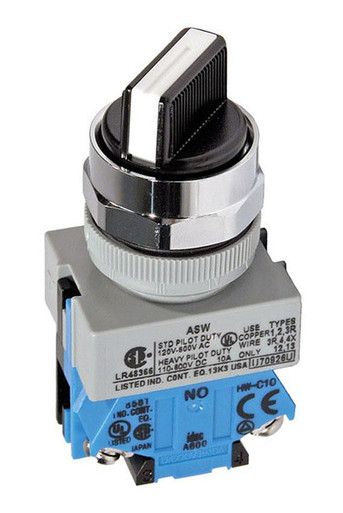-
Welcome back Guest! Did you know you can mentor other members here at H-M? If not, please check out our Relaunch of Hobby Machinist Mentoring Program!
You are using an out of date browser. It may not display this or other websites correctly.
You should upgrade or use an alternative browser.
You should upgrade or use an alternative browser.
Picked up a Mill. Now to power it
- Thread starter Gman45acp
- Start date
- Joined
- Jan 2, 2018
- Messages
- 586
That's not a great idea, use the forward reverse built in the VFD.So could this switch be used for forward and reverse ( I believe it can) and the just get the vfd and use this switch with it?
So could this switch be used for forward and reverse ( I believe it can) and the just get the vfd and use this switch with it?
Yes, but not the way it is wired now. VFDs can't have switches and such in between the VFD and the motor. Having one can result in blowing the transistors when switching.
What you can do is connect the switch to the low voltage control inputs on the VFD. I found it simpler to just use a switch more designed for that.
- Joined
- Jun 12, 2014
- Messages
- 4,805
If it is a 2 speed motor, you do not use both the low and high rpm settings, look at the motor name plate and wire it to use the setting with the most Hp. You then use the VFD to control the speed, not the motor windings. High voltage switches, in particular those that have been used getting arching and will give poor intermittent connections with the low voltage signaling used in VFD's. A replacement 3 way switch as I outlined are inexpensive and will work much better. The GS20 VFD is also a good alternative, they all work pretty much the same at this level.
- Joined
- Jul 29, 2014
- Messages
- 2,725
I have added a VFD to a wood lathe and use a phase converter to power my Bridgeport clone, the Takisawa lathe, and the Kalamazoo horizontal saw. A friend has a rotary phase converter for about the same set of machines.
The VFD is ok, but took a bunch of fiddling around (I am an EE so not hard or confusing, but another buddy really could not have done his by himself) and really did not make much improvement over how the lathe would have operated on a direct 3 phase circuit. It has a Reeves drive for variable speed as factory standard.
The rotary converter can be heard all over his house. I recommend using the years you have left to spend an hour or two wiring up a Phase-a-Matic and start making chips.
The mill has a two speed with reverse motor, with backgear, and 4 positions on the step pulley. I almost never change the belt position, since I get 4 speeds from 80 to 1320 or so, seems to cover my needs.
I have never come close to noticing any power loss. I can make all the smoke I need.
The VFD is ok, but took a bunch of fiddling around (I am an EE so not hard or confusing, but another buddy really could not have done his by himself) and really did not make much improvement over how the lathe would have operated on a direct 3 phase circuit. It has a Reeves drive for variable speed as factory standard.
The rotary converter can be heard all over his house. I recommend using the years you have left to spend an hour or two wiring up a Phase-a-Matic and start making chips.
The mill has a two speed with reverse motor, with backgear, and 4 positions on the step pulley. I almost never change the belt position, since I get 4 speeds from 80 to 1320 or so, seems to cover my needs.
I have never come close to noticing any power loss. I can make all the smoke I need.
I just added a braking resistor to my GS20 (3hp). I used a 68 Ohm, 500W resistor. There are a few more available at a low price if anyone is using a similar drive and needs a braking resistor: https://www.newark.com/cgs-te-connectivity/tjt50068rj/res-wirewound-68r-500w-wire-lead/dp/69AC5221
It’s an amazing improvement. I really like it so far.
I have the original high/low switch in place, and used some extra contacts on it to feed back to the GS20 to change motor parameters in the drive. It seems to work well in my limited testing. The mill finally has new felt wipers and the lube system seems to be pumping so I’m basically ready to try the machine out.

I’ll try to shoot a quick video. I have deceleration time set at 1.0 sec.
Here’s a video:
It’s an amazing improvement. I really like it so far.
I have the original high/low switch in place, and used some extra contacts on it to feed back to the GS20 to change motor parameters in the drive. It seems to work well in my limited testing. The mill finally has new felt wipers and the lube system seems to be pumping so I’m basically ready to try the machine out.

I’ll try to shoot a quick video. I have deceleration time set at 1.0 sec.
Here’s a video:
Last edited:
Just to be clear, I order the for parts above and then should have everything needed to get it wired up, be able to control rpm and forward and reverse.On a belt drive single machine, a VFD is probably the easiest and the variable speed will come in very handy. Installing a VFD on a mill is very straight forward. WIre the VFD to single phase power, wire the VFD motor outputs directly to the motor, replace the current direction switch with a simple FOR-OFF-REV switch with two contact blocks (used to switch the VFD low voltage direction inputs), add a speed pot or use the one on the VFD. QED. It will also be quite a bit less expensive then a RPC unless you put together something yourself. Mount the VFD away from any chips, some people will mount them in the base.
The Teco L510 is a basic VFD, manual is very readable, has a warranty and also tech support. Otherwise you can ask questions in this forum and get your questions addressed.

or
Potentiometer: 5k ohm, 22mm, black (PN# ECX2300-5K) | AutomationDirect
ECX2300-5K - Potentiometer, 5k ohm, 22mm, black. Legend plate ECX2640 purchased separately.www.automationdirect.comLegend Plate: "0 to 100 scale" (PN# ECX2640) | AutomationDirect
ECX2640 - Legend plate, plastic, black field, black background, white engraved text, legend plate markingwww.automationdirect.com

